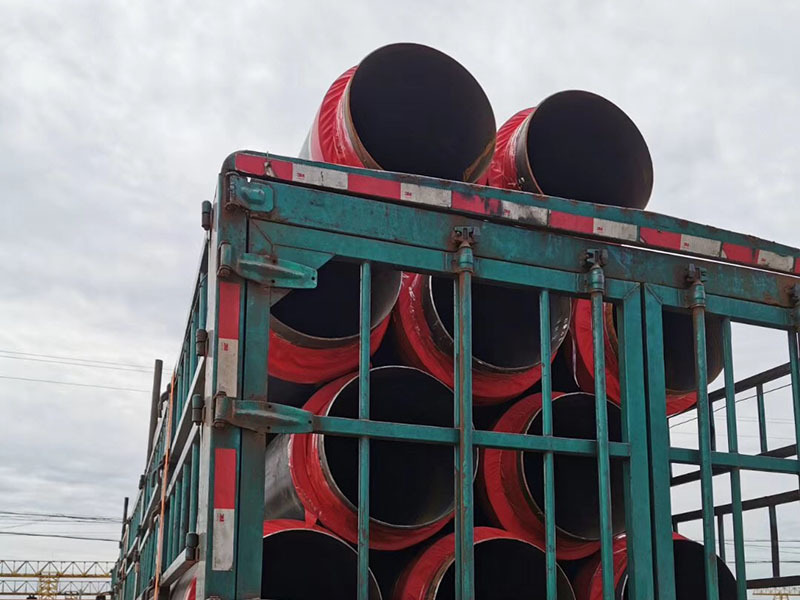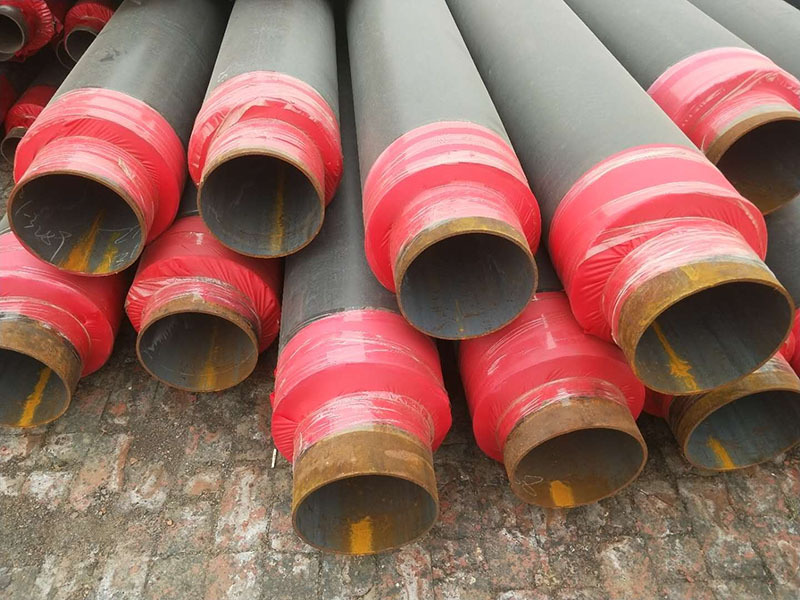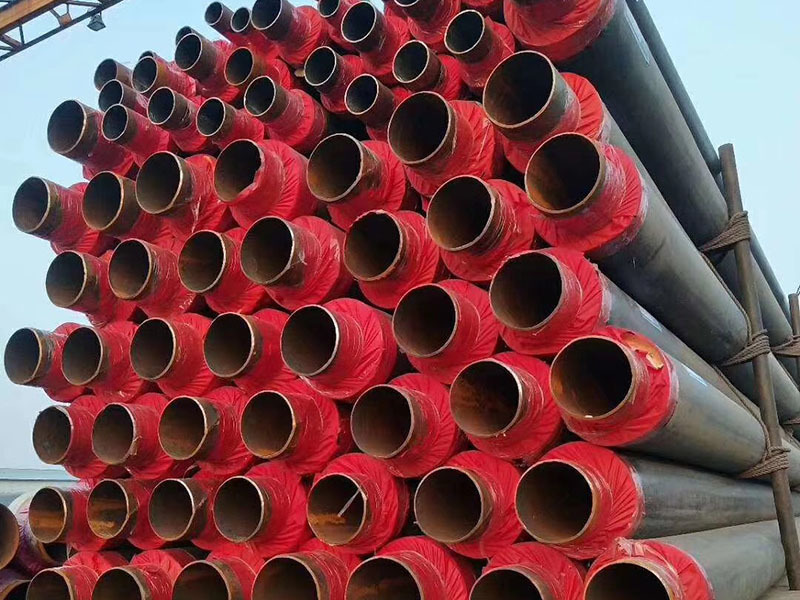Enhancing the Longevity of Polyurethane Insulation Pipes through Effective Heating Strategies
Release time:
2025-05-13
Enhancing the Longevity of Polyurethane Insulation Pipes through Effective Heating Strategies Table of Contents Understanding Polyurethane Insulation Pipes The Importance of Insulation in Construction Factors Affecting the Longevity of Polyurethane Pipes Effective Heating Strategies for Longevity Best Maintenance Practices for Polyurethane Insulation Pipes Common Challenges and Soluti
Enhancing the Longevity of Polyurethane Insulation Pipes through Effective Heating Strategies
Table of Contents
- Understanding Polyurethane Insulation Pipes
- The Importance of Insulation in Construction
- Factors Affecting the Longevity of Polyurethane Pipes
- Effective Heating Strategies for Longevity
- Best Maintenance Practices for Polyurethane Insulation Pipes
- Common Challenges and Solutions
- Comparison with Other Insulation Materials
- Frequently Asked Questions
- Conclusion
Understanding Polyurethane Insulation Pipes
Polyurethane insulation pipes are widely recognized for their outstanding thermal performance and versatility in various applications, including HVAC systems, refrigeration, and plumbing. These pipes are comprised of a rigid or flexible polyurethane foam, providing excellent insulation against heat transfer and ensuring energy efficiency.
The unique cellular structure of polyurethane foam contributes to its superior insulating properties, making it an ideal choice for both residential and commercial applications. Understanding how these pipes work is crucial for implementing effective heating strategies that can significantly enhance their longevity.
The Composition of Polyurethane
Polyurethane is created through a chemical reaction between polyols and diisocyanates. This process results in a material that can be tailored to meet specific thermal and mechanical requirements. The insulation properties of polyurethane make it less susceptible to moisture ingress, which can compromise insulation efficiency over time.
Applications of Polyurethane Insulation Pipes
These pipes are utilized in diverse sectors, including construction, automotive, and industrial manufacturing. Their applications range from insulating hot water pipes to serving as protective barriers for electrical lines. Understanding these applications helps in tailoring heating strategies for specific environments.
The Importance of Insulation in Construction
Insulation plays a pivotal role in building design and energy conservation. Proper insulation helps maintain indoor temperatures, reducing heating and cooling costs. Polyurethane insulation pipes contribute significantly to this goal by minimizing thermal bridging and heat loss.
Energy Efficiency and Cost Savings
Investing in high-quality insulation not only enhances energy efficiency but also results in substantial cost savings over time. By extending the lifespan of insulation materials, building owners can avoid frequent replacements and enjoy prolonged performance.
Environmental Impact
The use of effective insulation materials also has a positive environmental impact. By reducing energy consumption, polyurethane insulation pipes contribute to lower greenhouse gas emissions, promoting sustainable building practices.
Factors Affecting the Longevity of Polyurethane Pipes
The longevity of polyurethane insulation pipes is influenced by several factors, including environmental conditions, installation practices, and maintenance routines.
Environmental Conditions
Exposure to extreme temperatures, moisture, and UV radiation can significantly affect the integrity of insulation pipes. Understanding the environmental conditions that your pipes will face is essential for implementing effective heating strategies.
Installation Practices
Improper installation can lead to air leaks, moisture ingress, and thermal bridging, all of which can compromise the longevity of insulation materials. Ensuring that installation adheres to best practices is vital for maximizing lifespan.
Maintenance Routines
Regular maintenance is crucial for identifying and addressing potential issues before they escalate. This includes inspecting for cracks, leaks, and signs of wear and tear that could affect insulation performance.
Effective Heating Strategies for Longevity
Implementing effective heating strategies is crucial for enhancing the lifespan of polyurethane insulation pipes. These strategies can vary depending on the specific application and environmental conditions.
Controlled Heating Techniques
Utilizing controlled heating techniques can help prevent overheating, which can degrade the integrity of the insulation. Employing temperature monitoring systems can ensure that pipes remain within optimal temperature ranges.
Thermal Blankets and Insulation Jackets
Using thermal blankets or insulation jackets around polyurethane insulation pipes can provide additional protection against temperature fluctuations. This added layer of insulation helps maintain consistent temperatures and prolongs pipe longevity.
Regular System Monitoring
Integrating monitoring systems that track temperature, humidity, and moisture levels can provide valuable insights into the performance of insulation pipes. Regularly reviewing this data allows for timely interventions that can prevent damage.
Best Maintenance Practices for Polyurethane Insulation Pipes
Proper maintenance is essential for ensuring the longevity of polyurethane insulation pipes. Implementing regular checks and adopting a proactive approach can significantly enhance their performance.
Routine Inspections
Conducting routine inspections is vital for identifying potential issues before they escalate. Look for signs of wear and tear, moisture ingress, or damage to insulation materials.
Cleaning and Maintenance
Keeping insulation pipes clean and free from debris is important for maintaining efficiency. Regular cleaning can prevent the buildup of contaminants that may affect thermal performance.
Prompt Repair of Damage
Addressing any damage promptly can prevent further deterioration. Whether it's repairing cracks, replacing damaged sections, or sealing leaks, taking immediate action is crucial for maintaining insulation integrity.
Common Challenges and Solutions
Despite the advantages of polyurethane insulation pipes, certain challenges can arise. Understanding these challenges and implementing effective solutions can enhance performance and longevity.
Moisture Ingress
Moisture can severely impact the performance of insulation materials. To combat this, ensure proper sealing during installation and regularly inspect for any signs of leaks.
Temperature Fluctuations
Extreme temperature fluctuations can lead to thermal expansion and contraction, causing stress on insulation materials. Employing controlled heating methods and insulation blankets can mitigate these effects.
UV Exposure
Prolonged exposure to UV radiation can degrade the integrity of polyurethane insulation pipes. Using protective coatings or UV-resistant materials can help shield pipes from harmful rays.
Comparison with Other Insulation Materials
When evaluating the effectiveness of polyurethane insulation pipes, it's important to compare them with other insulation materials in terms of performance, longevity, and cost.
Polyurethane vs. Polystyrene
While both materials offer excellent insulation properties, polyurethane generally provides superior thermal performance and flexibility, making it a preferred choice in many applications.
Polyurethane vs. Fiberglass
Fiberglass insulation is often more affordable but lacks the moisture resistance and durability of polyurethane. This can lead to higher maintenance costs in the long run.
Frequently Asked Questions
1. What are the benefits of using polyurethane insulation pipes?
Polyurethane insulation pipes offer excellent thermal performance, moisture resistance, and durability, making them ideal for various applications.
2. How can I extend the lifespan of my polyurethane insulation pipes?
Implementing effective heating strategies, conducting regular maintenance, and addressing potential issues promptly can significantly extend the lifespan of insulation pipes.
3. Are there specific heating techniques recommended for polyurethane pipe systems?
Controlled heating techniques, thermal blankets, and insulation jackets are effective methods for maintaining optimal temperatures and prolonging pipe longevity.
4. What are the common signs of damage in polyurethane insulation pipes?
Signs of damage may include cracks, leaks, and moisture buildup. Regular inspections can help identify these issues early.
5. How do polyurethane insulation pipes compare to other materials?
Polyurethane pipes typically offer superior thermal performance and flexibility compared to materials like polystyrene and fiberglass, making them a more durable option.
Conclusion
Enhancing the longevity of polyurethane insulation pipes through effective heating strategies is essential for optimizing performance and maximizing investment. By understanding the factors affecting pipe longevity and implementing best maintenance practices, industry professionals and DIY enthusiasts can ensure that their insulation systems remain efficient and durable. Investing time and resources into proper heating techniques, routine inspections, and prompt repairs will pay off in the long run, contributing to energy savings and sustainability in construction.
keyword:
Related News






